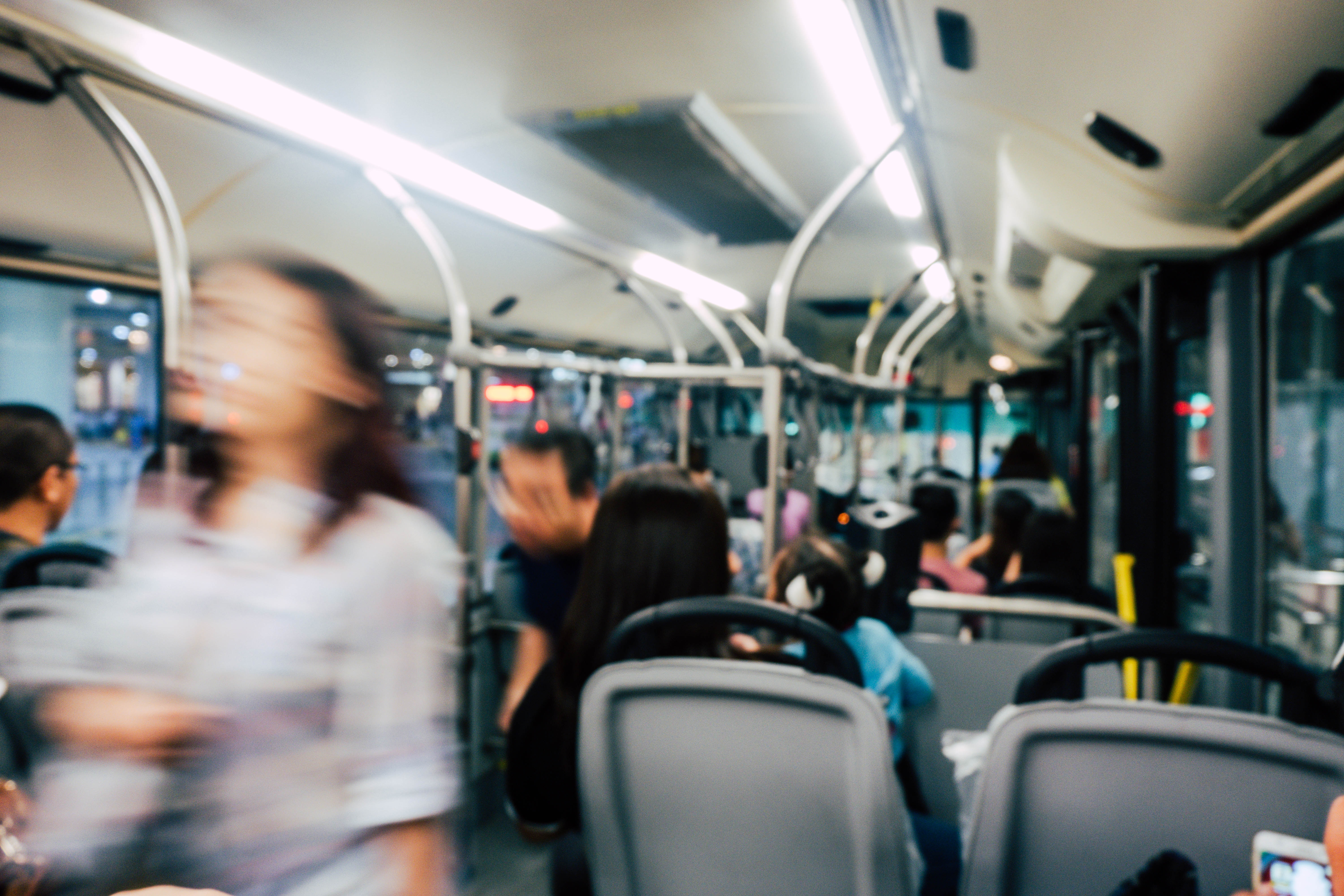Improving Transportation Services
May 17, 2016

For most of us, getting to work, going shopping, or heading out for a night on the town with friends isn’t a big deal. We jump in our cars, hop on a bus, or maybe call Uber. But for the 70,000 adults with autism in New Jersey, it’s not that simple.
Gathering Information on the Challenges of Transportation
In December 2015, Rutgers University’s Center for Advanced Infrastructure and Transportation (CAIT) and the Voorhees Transportation Center (VTC) concluded a two-year study that gathered information on the challenges New Jersey adults with autism spectrum disorder (ASD) face getting to and from their jobs, medical appointments, continuing education, and social and community activities. The culmination of their research is a report titled Detour_to_the_Right_Place_Technical_Report_2015. It details the study findings, including results of a statewide survey, and offers recommendations for removing barriers and improving transportation options for adults with ASD.
The research team surveyed more than 700 adults with autism and family members about their transportation habits and challenges, conducted structured interviews and listening sessions with 25 public and private organizations that serve the autism community, and staged six focus groups—four groups consisting of adults with ASD and two with parents and guardians.
Findings Show Lack of Access, And/or Skills to Safely Use Public Transportation Services
Public transportation is crucial to many people, but especially those with disabilities that make driving untenable. The study found many adults with ASD don’t have access to public transit or lack the familiarity and/or skills to safely use these services. While most study participants indicated some knowledge of public transportation, few of them use the available options. Instead, 68 percent reported securing transport from parents or friends. Of those, 72 percent of the caregivers miss some of their own activities to provide rides, and 72 percent of the adults with ASD miss some activities due to people being unavailable to give them rides. This finding demonstrates that the arrangement not only increases dependency, it is equally inconvenient for the drivers and the passengers.
Both adults with ASD and their caregivers lamented that transportation instruction and safe pedestrian skills were not offered in schools nor included in students’ Individualized Education Plans.
Recommendations to Improve Access and Transportation Services
Based on the study findings, researchers developed 15 recommendations to improve access and transportation services to adults with ASD. Among the researchers’ recommendations:
- Establish an Autism and Developmental Disabilities Transportation Research Center
- Research the relationship between employment and transportation accessibility
- Incorporate transportation and pedestrian skills into educational settings
- Provide training to drivers and others who interact with people on the autism spectrum
- Capitalize on technologies—such as smartphone apps or Google Glass among others—as tools to help people with autism travel more safely and confidently
Thank you to Cecilia Feeley, Ph.D., Rutgers University Center for Advanced Infrastructure and Transportation for her contribution to this hot topic.
